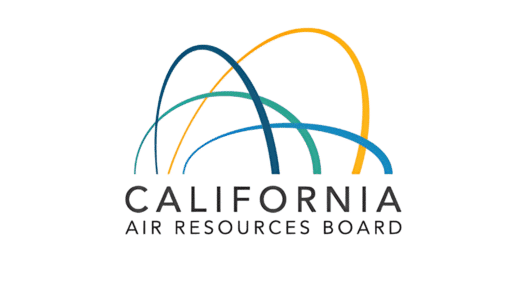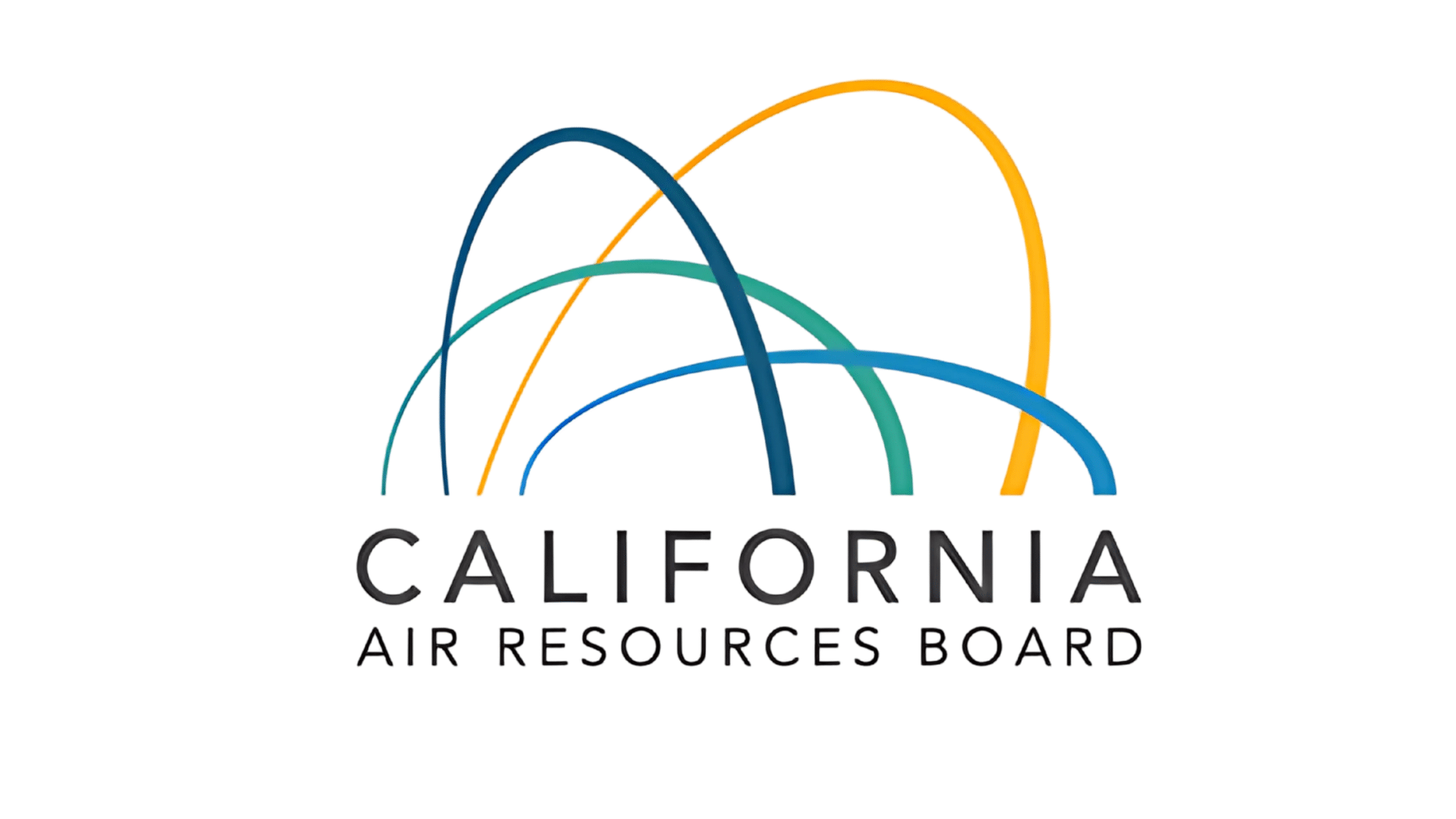California just dropped new CARB-compliant rules that could shut down your business if you ignore them.
Here’s what happened. The California Air Resources Board released major updates for 2025 that affect thousands of companies.
Ships visiting California ports must use clean power systems. Large corporations face mandatory climate reporting. Transportation companies need stricter emissions standards.
But here’s the good news. Most businesses can meet these CARB-compliant requirements with the right plan.
You don’t need expensive consultants or complex legal advice. This guide shows you exactly what to do, step by step, to keep your business running smoothly in California.
Understanding CARB Compliant Standards
Think of CARB like a referee for air quality in California. They make rules about what trucks, ships, and factories can put into the air.
Just like following traffic laws, businesses must follow these environmental rules to stay CARB compliant.
Being CARB compliant means your business meets the California Air Resources Board’s (CARB) standards. This includes testing your vehicles and reporting certain information.
Companies that don’t follow the rules can face fines or other problems.
The good news? Most steps to become CARB compliant are straightforward once you know what to do.
Overview of Current CARB Regulations (2025)
Understanding existing CARB-compliant requirements helps you see how 2025 changes build on current rules. These baseline regulations already affect thousands of businesses operating in California today.
- Low Carbon Fuel Standard – Transportation fuels must meet annually declining carbon intensity targets, promoting cleaner fuels statewide since the 2020 implementation.
- Truck and Bus Regulation – All heavy-duty diesel vehicles operating in California must meet CARB emissions standards, including limits on nitrogen oxides and particulate matter.
- Transport Refrigeration Unit Regulation – Diesel-powered refrigerated units must comply with strict refrigerant and emissions standards, plus labeling and registration requirements.
- At-Berth Regulations – Container, refrigerated cargo, and cruise vessels must use approved emissions controls at California ports since 2021, with expanded requirements coming.
- Corporate Greenhouse Gas Reporting – Large companies already comply with greenhouse gas emissions reporting mandates that have been phasing in since 2024.
2025 Updates: New CARB Compliant Requirements
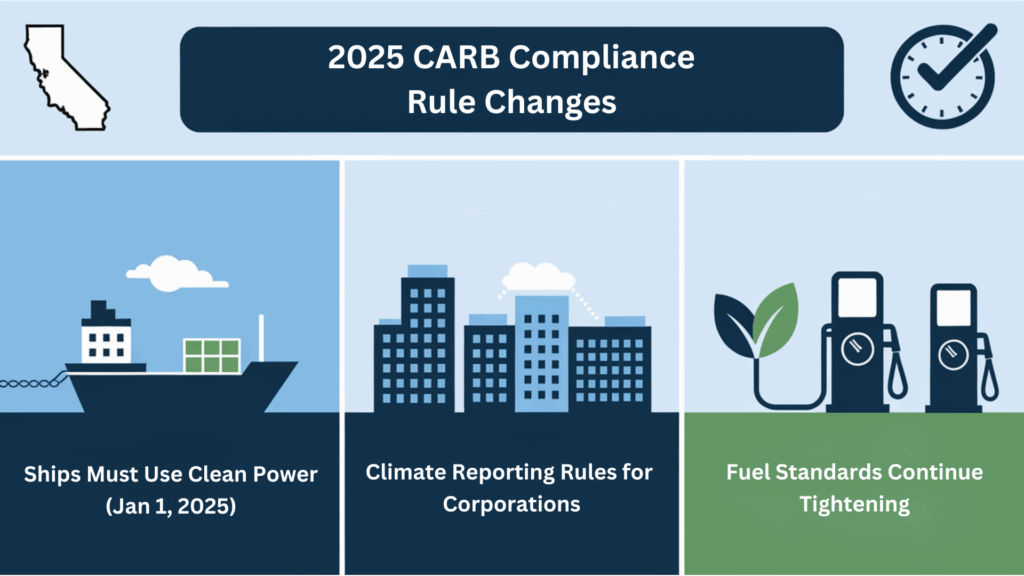
Three significant rule changes take effect this year that impact different types of businesses. Each change has specific deadlines and requirements you need to know about.
1. Ships Need Clean Power Systems
Starting January 1, 2025, certain ships visiting California ports must use cleaner energy to remain CARB compliant.
Tanker ships at Los Angeles and Long Beach ports need to plug into shore power or use approved systems. Roll-on/roll-off ships at any California port must do the same.
Ship owners have three main options: connect to electrical power on shore, use approved exhaust capture systems, or switch to alternative fuels that meet emission standards.
Source: California Air Resources Board. (n.d.). Ocean-going vessels at berth regulation.
2. Large Companies Face Climate Reporting Rules
Companies making over $1 billion per year must start reporting their greenhouse gas emissions to stay CARB compliant.
This applies to businesses “doing business in California,” which follows tax code definitions. Reports for 2026 operations will be due in 2027.
Smaller companies making over $500 million must submit climate risk reports every two years starting in 2026 to maintain CARB-compliant status.
3. Fuel Standards Continue Tightening
California’s Low Carbon Fuel Standard requires cleaner transportation fuels for CARB-compliant operations.
The carbon intensity targets keep dropping each year, which affects gas stations, trucking companies, and anyone buying fuel in the state.
New amendments strengthen requirements for clean vehicles and set updated carbon intensity targets. These changes phase in as CARB finalizes ongoing rule updates.
Source: California Air Resources Board, Low Carbon Fuel Standard Program
Who Needs CARB Compliant Status?
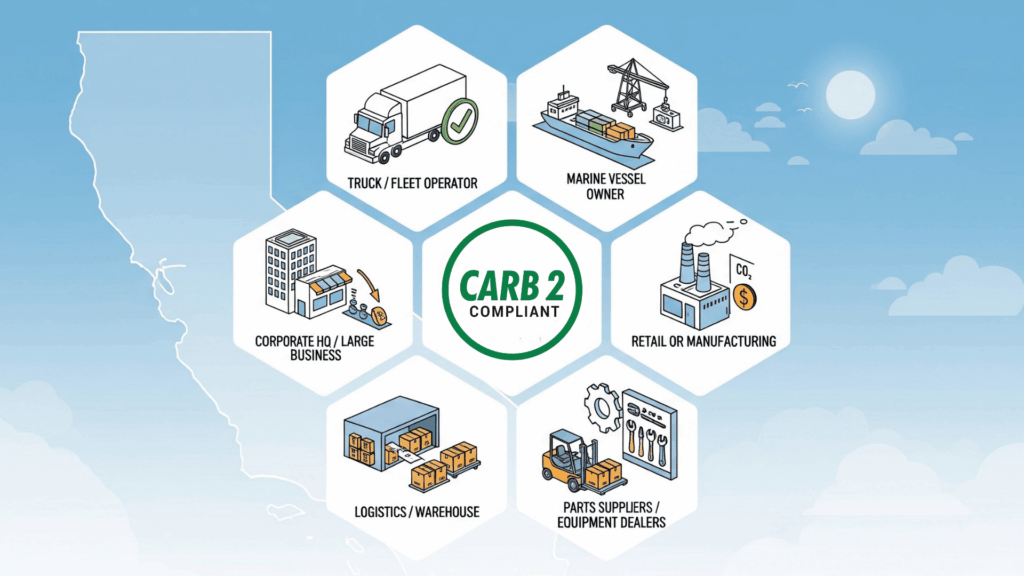
CARB compliant requirements affect businesses across multiple industries, not just obvious polluters. The rules apply if you are based in California or even just do business there.
- Trucking and fleet operators – Any trucks, buses, or delivery vehicles operating in California need CARB-compliant equipment, including out-of-state vehicles passing through.
- Marine vessel owners – Ships visiting California ports, including cargo ships, cruise ships, and ferries, must achieve CARB-compliant status along with terminal operators.
- Large corporations – Companies with over $500 million in annual revenue doing business in California face climate reporting requirements regardless of their home state location.
- Manufacturers and retailers – Businesses selling products or services in California need to track emissions for CARB-compliant reporting, including equipment makers and distributors.
- Logistics and warehouse operations – Distribution centers, freight companies, and cargo handlers operating in California must meet equipment and reporting standards.
- Parts suppliers and equipment dealers – Companies serving CARB-compliant businesses should understand requirements since customers increasingly demand compliant products and services.
Your CARB Compliant Action Plan
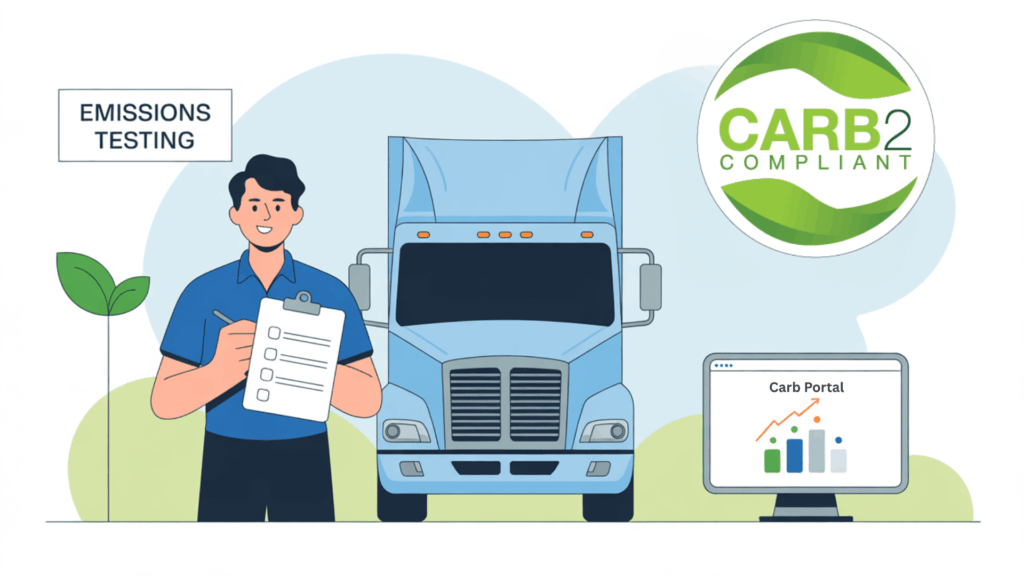
Getting CARB compliant doesn’t have to be overwhelming if you follow the correct sequence. These six steps will get your business compliant and keep you that way.
Step 1: Identify Your Requirements
Visit CARB’s website and look up your business type to understand CARB-compliant standards.
Different industries have different requirements, so make a list of all the rules that affect your operations and note the deadlines for each requirement.
Note: Start here because understanding your specific requirements prevents wasted time and money on unnecessary compliance steps.
Step 2: Register Equipment and Vehicles
Most vehicles and equipment need registration with CARB to maintain a compliant status.
Use their online portals, such as TRUCRS for refrigerated units or Clean Truck Check for fleets, to provide vehicle identification numbers and basic equipment information.
Note: Registration often takes several weeks, so begin this process early to avoid missing operational deadlines.
Step 3: Complete Required Testing
Many vehicles need emissions testing to achieve CARB-compliant certification. Find a certified testing facility near you and schedule tests before your deadlines, keeping all test results and certificates in a safe place for future inspections.
Note: Testing facilities get busy near deadlines, and failed tests require repairs and retesting, which can cause delays.
Step 4: Prepare Climate Reports
Large companies need to start preparing for climate reporting to maintain CARB-compliant status.
Begin tracking your emissions now, even if reporting isn’t required yet, and set up systems to collect fuel use and electricity consumption data.
Note: Setting up tracking systems takes time, and you’ll need historical data for accurate reporting when deadlines arrive.
Step 5: Plan Equipment Updates
Many older vehicles and equipment will need upgrades or replacements to become CARB compliant.
Start planning now rather than waiting for deadlines, researching available technology and funding options while considering your budget and timeline.
Note: CARB-compliant equipment often has long lead times and limited availability, especially near compliance deadlines.
Step 6: Monitor Rule Changes
CARB updates its rules regularly, affecting CARB-compliant requirements. Sign up for their email alerts and check their website monthly for new announcements while joining industry groups that track these changes.
Note: Rule changes can affect deadlines and requirements, so staying informed helps you avoid costly surprises and compliance gaps.
Achieving CARB Compliant Certification
Getting certified starts with creating an account on CARB’s online systems using basic business information and details about your vehicles or equipment.
The registration process usually takes a few weeks, so upload required documents like proof of ownership and insurance while double-checking all information before submitting to avoid delays.
Schedule required inspections early, as testing facilities can get busy near deadlines. Bring all necessary paperwork to your appointment and ensure your equipment is clean and accessible for testing.
If your equipment fails testing, you’ll need repairs before retesting, so factor this possibility into your timeline.
Once certified, keep compliance labels visible on your vehicles and store certificates where you can find them quickly by setting up a filing system that works for your business and staying ready for surprise inspections, as CARB can check your CARB-compliant status at any time.
Funding for CARB Compliant Upgrades
Several funding programs help businesses cover the costs of becoming CARB compliant. These range from federal grants to local utility rebates with different eligibility requirements.
| Program Name | Source | What It Covers | Key Details & Funding Highlights (2025) |
|---|---|---|---|
| Clean Diesel Program | EPA Federal | Engine replacements and retrofits | Applications open 1-2 times yearly, focusing on reducing emissions from older diesel vehicles and engines. Funding under the Diesel Emissions Reduction Act (DERA). |
| Carl Moyer Program | CARB State | Cleaner vehicles and equipment | Statewide grants totaling over $55 million for FY 2024-2025, supporting up to 80% of costs for small fleets and 50% for large fleets. |
| Community Air Protection Program | CARB State | Equipment upgrades in low-income/poor air quality areas | Focused funding in disadvantaged communities to reduce pollution exposure. |
| Local Air District Grants (varies by district) | Cities/Counties | Various compliance equipment | Availability and amounts depend on the local air district. Refer to your district’s official website for specific details and application timing. |
| Utility Rebates (offered by regional utilities, vary by location and provider) | Power Companies | Electric vehicles and charging infrastructure | Rebates for EV purchases, conversions, and charger installations. Amounts and eligibility vary by utility. |
Important Note: Most funding programs run out of money before their deadlines and require complete applications with detailed cost estimates from multiple suppliers. Apply as early as possible and have all documentation ready before application periods open.
Success Strategies for CARB Compliant Operations
Staying CARB compliant long-term requires good systems and planning ahead of deadlines. These proven strategies help businesses maintain compliance without constant stress or last-minute scrambling.
- Create compliance calendars – Set up tracking systems for all registration renewals, testing deadlines, and reporting due dates with monthly reviews and regular updates.
- Consider professional help – Hire compliance consultants for complex situations, since the upfront cost often saves money compared to penalties and mistakes.
- Plan equipment replacements early – Start researching vehicle upgrades years in advance, rather than waiting for deadlines when equipment availability becomes limited and expensive.
- Join industry associations – Connect with groups that provide compliance guidance, training sessions, and updates on rule changes affecting your business type.
- Build compliance costs into budgets – Factor testing fees, equipment upgrades, and potential downtime into your business planning to avoid financial surprises.
Moving Forward with Confidence
Becoming CARB compliant might seem overwhelming at first, but breaking it down makes it manageable. Start by identifying which rules apply to your business, then register your equipment and get the required testing completed.
Planning for future upgrades while staying informed about changes helps ensure long-term success. Remember that CARB-compliant operations aren’t just about avoiding penalties; they show customers and partners that your business cares about environmental responsibility.
Take it one step at a time rather than trying to handle everything at once. Pick one area to focus on first, then move to the next. Small steps add up to big progress toward full CARB-compliant status.
Questions about your specific situation? Drop them in the comments below, where other readers might share similar concerns and benefit from the discussion.
Frequently Asked Questions
Do Out-of-State Vehicles Need CARB Compliance?
Yes, any vehicle entering California must meet CARB-compliant standards, even if just passing through, so keep compliance documentation with traveling vehicles.
What About Used Equipment Standards?
Used vehicles and equipment must meet current CARB-compliant standards, not the standards from when they were manufactured, so check compliance status before purchasing.
How Strict Is CARB Enforcement?
CARB conducts roadside inspections and facility visits, with penalties including fines and operational restrictions. However, good compliance records can help during enforcement actions.

